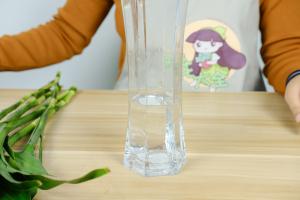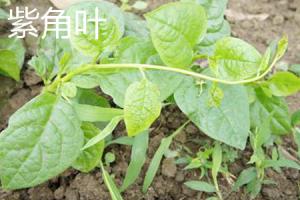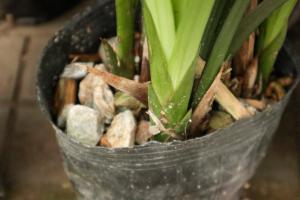Can You Put Rubber Tree Plants in Compost?
If you are an avid gardener or plant enthusiast, you may be wondering if it is safe to put rubber tree plants in compost. After all, rubber tree plants have unique needs and requirements, so it is essential to know if compost can harm or benefit them.
The Benefits of Using Compost on Rubber Tree Plants
Compost is an excellent way to enrich the soil and provide essential nutrients that plants need to grow and thrive. In the case of rubber tree plants, compost can enhance their overall health and appearance, making them more robust and lusher.
Compost is full of beneficial microorganisms, including bacteria and fungi, that facilitate the conversion of nutrients into forms that plants can absorb. Since rubber tree plants need a lot of nutrients, they will benefit significantly from the microorganisms that are present in compost.
Additionally, compost helps the soil retain water, which is crucial for plants' growth and survival. Rubber tree plants are known for their love of water, and compost can help maintain the optimal moisture levels for them.
The Risks of Using Compost on Rubber Tree Plants
While compost has plenty of benefits for rubber tree plants, it is essential to exercise caution when using it. Compost made from kitchen scraps or animal waste can contain harmful pathogens that can harm rubber tree plants or spread diseases.
Furthermore, compost that is too "hot" or "fresh" can damage rubber tree plants by introducing excess nutrients that the soil cannot absorb. These excess nutrients can lead to root burn, stunted growth, or even death.
To minimize the risks of using compost on rubber tree plants, it is best to use mature compost that has cooled down and is free from contaminants. You can also mix the compost with regular potting soil to dilute the nutrients and prevent over-fertilization.
How to Add Compost to Rubber Tree Plants
If you decide to use compost on your rubber tree plants, it is essential to do it correctly. Here are some tips to help you add compost to your rubbers tree plants:
Make sure the compost is mature and free from contaminants.
Water the rubber tree plant thoroughly before adding the compost.
Add the compost by spreading it lightly around the base of the plant.
Do not bury the compost too deep, as this can trap moisture and cause root rot.
Avoid applying large amounts of compost at once, as this can over-fertilize the soil.
Monitor the plant closely for any signs of stress or damage after applying the compost.
Conclusion
In conclusion, it is safe to put rubber tree plants in compost, as long as you exercise caution and use mature, contaminant-free compost. Compost can provide numerous benefits to rubber tree plants, including enhancing their overall health and appearance, and improving soil moisture retention.
However, it is equally important to be mindful of the risks of using compost that is too "hot" or "fresh" and can damage rubber tree plants. By following the tips outlined above, you can safely and effectively use compost to improve the growth and health of your rubber tree plants.

 how many times do yo...
how many times do yo... how many planted tre...
how many planted tre... how many pine trees ...
how many pine trees ... how many pecan trees...
how many pecan trees... how many plants comp...
how many plants comp... how many plants can ...
how many plants can ... how many plants and ...
how many plants and ... how many pepper plan...
how many pepper plan...































